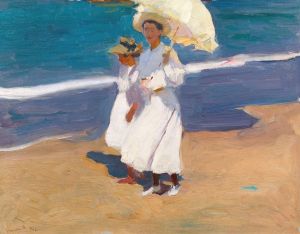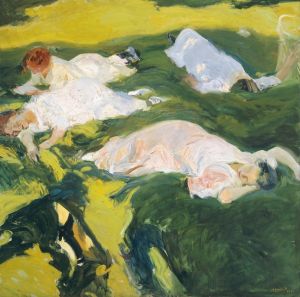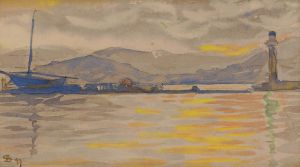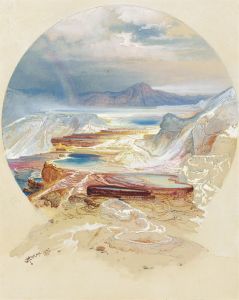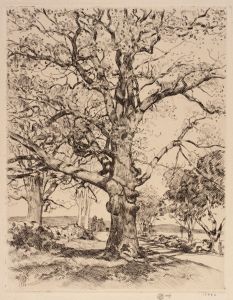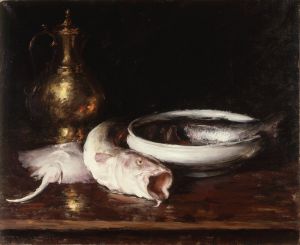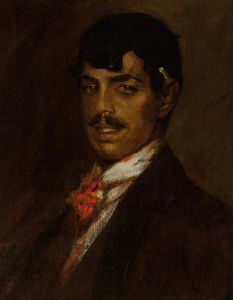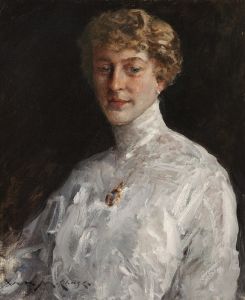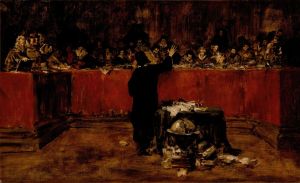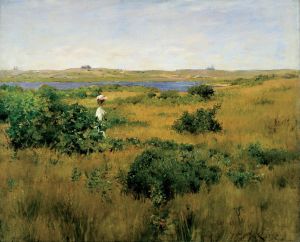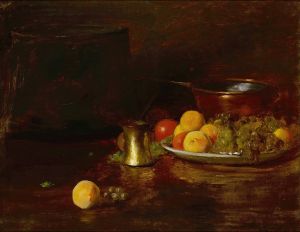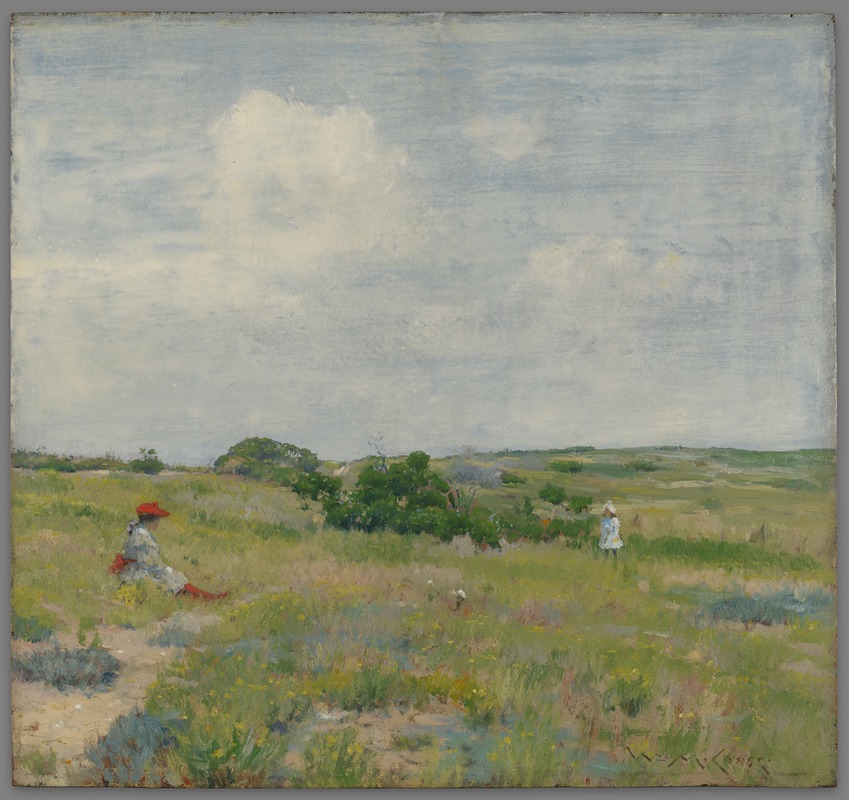
Shinnecock Hills
A hand-painted replica of William Merritt Chase’s masterpiece Shinnecock Hills, meticulously crafted by professional artists to capture the true essence of the original. Each piece is created with museum-quality canvas and rare mineral pigments, carefully painted by experienced artists with delicate brushstrokes and rich, layered colors to perfectly recreate the texture of the original artwork. Unlike machine-printed reproductions, this hand-painted version brings the painting to life, infused with the artist’s emotions and skill in every stroke. Whether for personal collection or home decoration, it instantly elevates the artistic atmosphere of any space.
"Shinnecock Hills" is a painting by the American artist William Merritt Chase, created in 1895. Chase, a prominent figure in American Impressionism, is well-known for his landscapes, portraits, and still-life works. This particular painting is one of his many depictions of the Shinnecock Hills area on Long Island, New York, where he spent several summers teaching and painting.
The artwork captures the natural beauty of the Shinnecock Hills, a region characterized by its rolling dunes, open skies, and coastal vegetation. Chase's use of light and color in this painting reflects the influence of European Impressionism, which he had studied during his time in Europe. The loose brushwork and vibrant palette convey the atmospheric effects of the landscape, emphasizing the interplay of light and shadow across the scene.
Chase was instrumental in establishing the Shinnecock Hills Summer School of Art in 1891, one of the first plein air painting schools in the United States. The school attracted many students and played a significant role in the development of American Impressionism. "Shinnecock Hills" is one of the works that exemplifies Chase's dedication to capturing the essence of the natural environment in this region.
The painting is part of the collection of the Smithsonian American Art Museum in Washington, D.C. It is celebrated for its ability to evoke a sense of place and its representation of the American landscape during the late 19th century. Chase's work in Shinnecock Hills remains a significant contribution to the history of American art, showcasing his mastery of technique and his appreciation for the beauty of the natural world.






